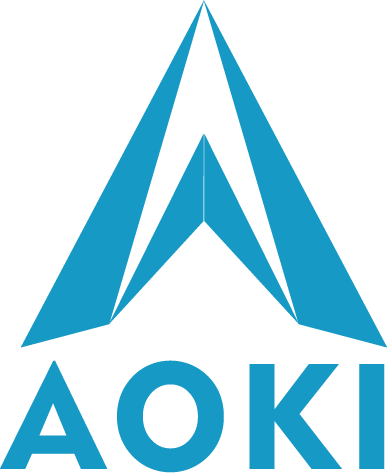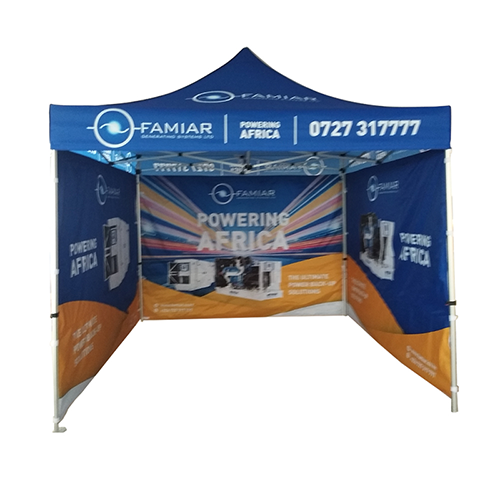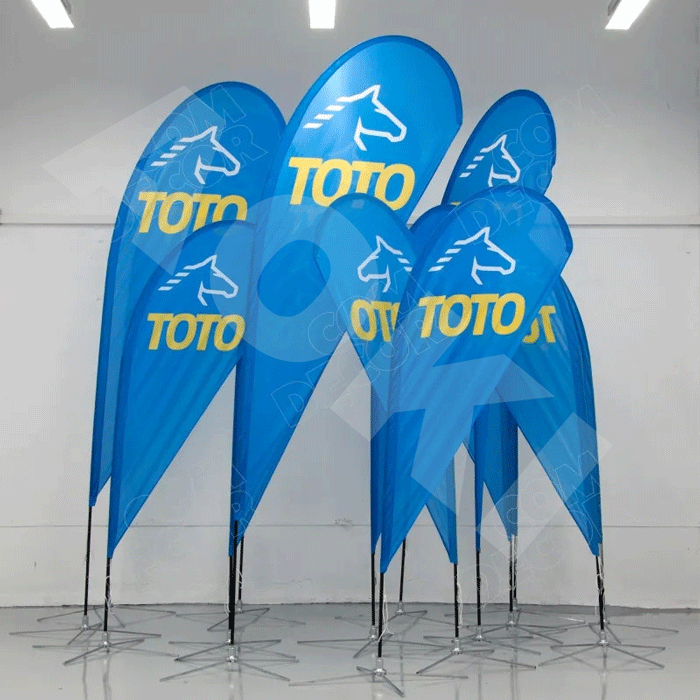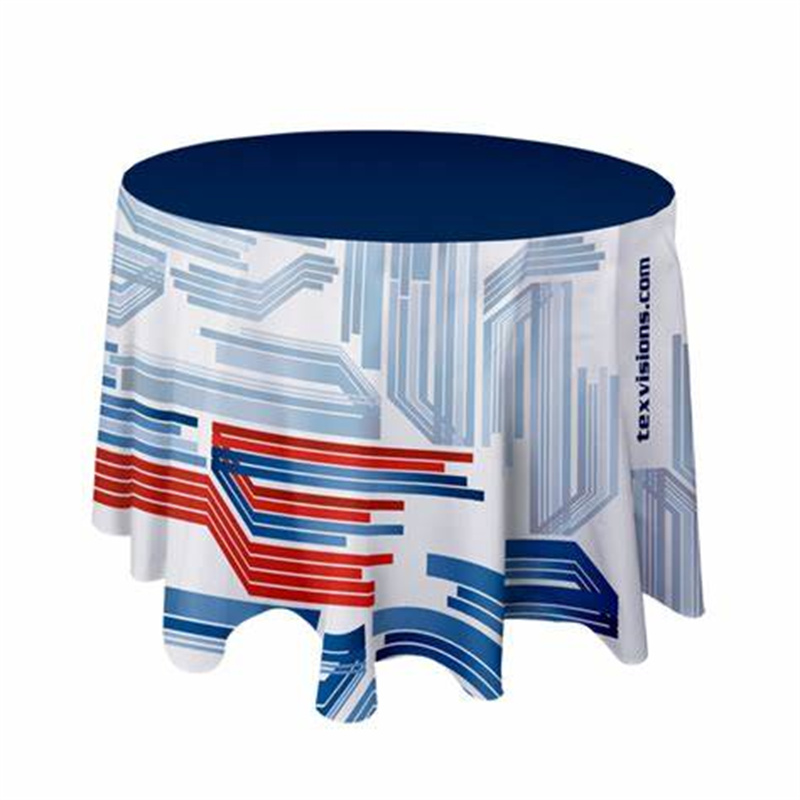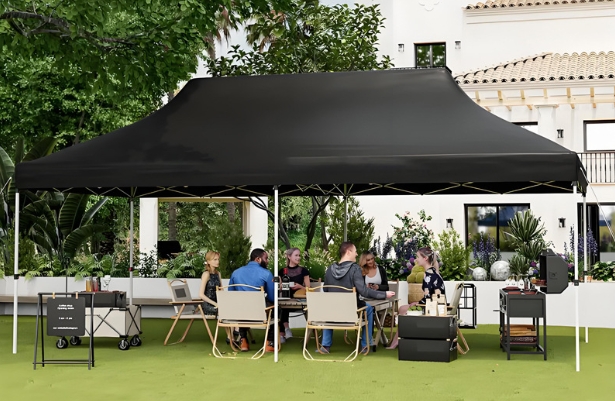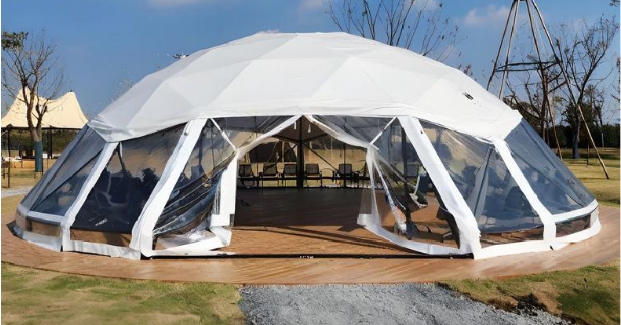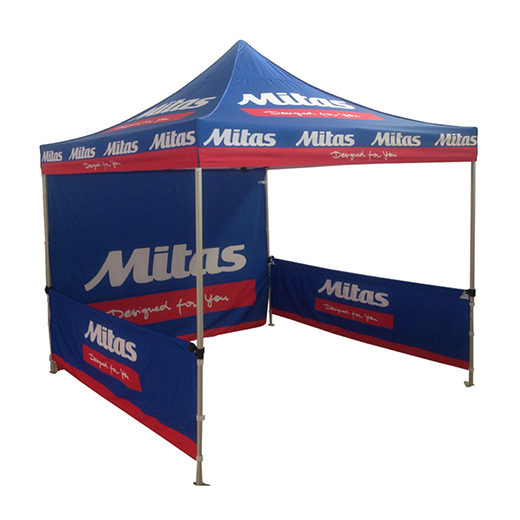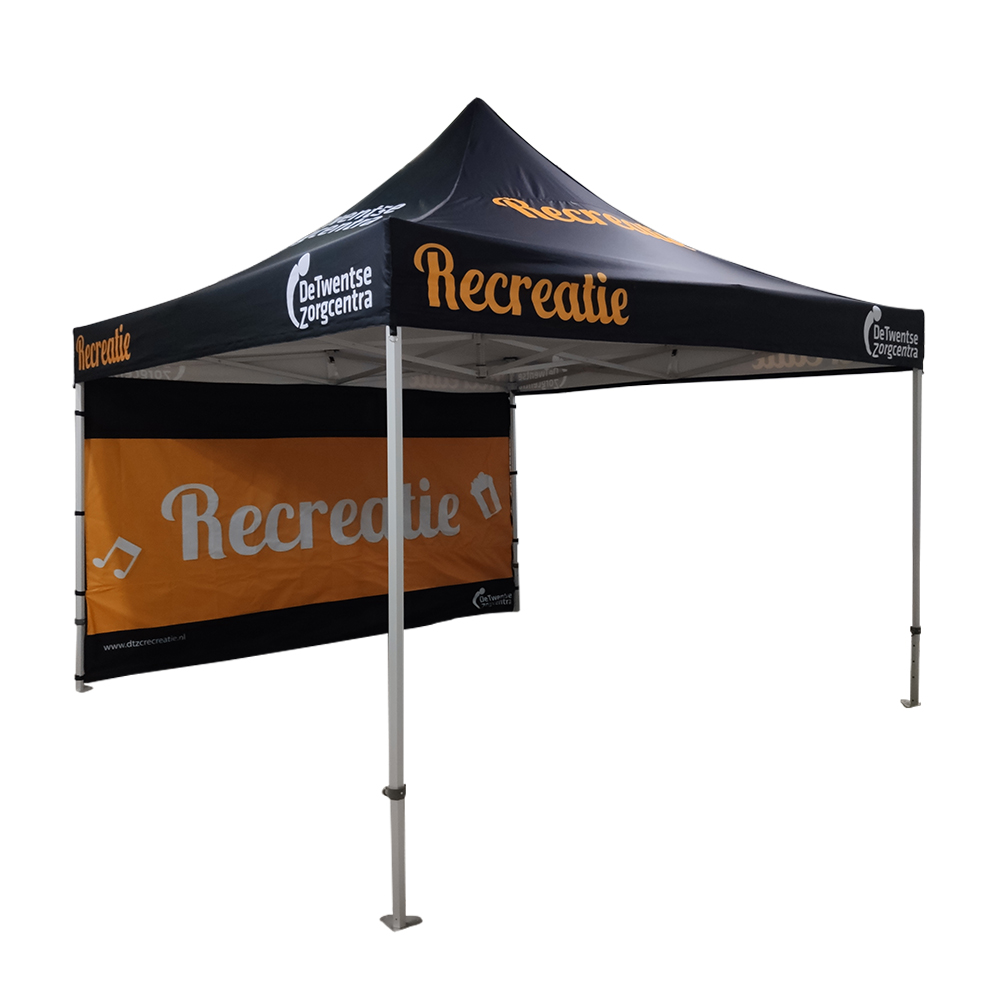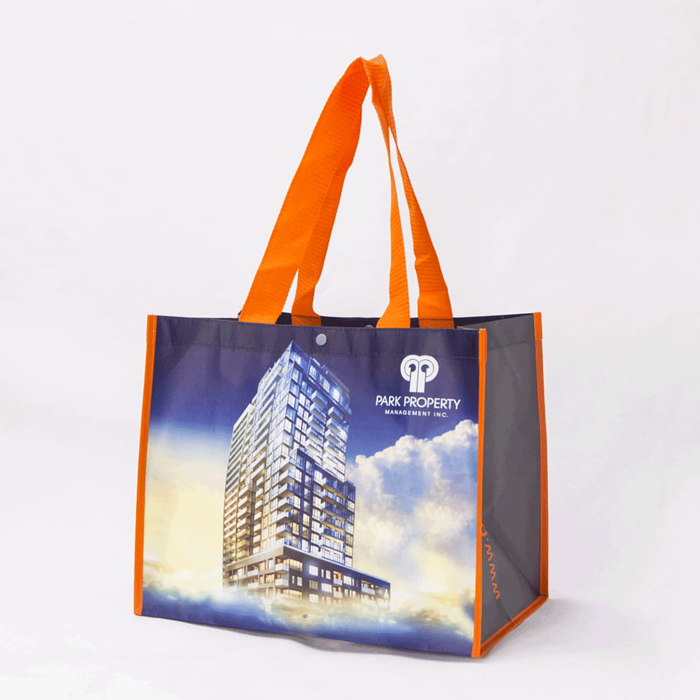
Against the backdrop of tightening global environmental policies and the full implementation of the "plastic ban", non-woven bags (Non-Woven Bags) have become the mainstream choice to replace traditional plastic bags due to their reusable, environmentally friendly and recyclable characteristics. However, faced with a wide variety of products, complex supply chains and uneven suppliers on the market, buyers need to systematically grasp key information to avoid risks and optimize costs.
1
What are the materials of non-woven bags? How to choose the right material?
The most commonly used material for non-woven bags is polypropylene (PP), but according to the actual use scenario and performance requirements, it can be divided into three types:
1) Ordinary PP non-woven fabric: The most common type, with a thickness ranging from 60 grams to 120 grams. The supermarket shopping bags and promotional advertising bags we usually use are basically made of this material. The advantage is that it is light, wear-resistant and affordable.
2) Recycled PET non-woven fabric: Made from recycled plastic bottles, it has better environmental performance. Suitable for high-end brands or companies that focus on sustainable development, but the cost will be about 30% higher than ordinary PP.
3) Mixed materials: For example, PP non-woven fabric plus PE coating layer, or non-woven sticker board lining. This combination can enhance waterproofness or load-bearing capacity. This material is often used in eco-friendly bags for food or heavy-duty industrial bags.
Selection suggestions:
1: Durability requirements: Choose PP non-woven fabrics above 100GSM, or add PE coating layer.
2: Environmental certification: Give priority to materials certified by GRS (Global Recycling Standard) and OEKO-TEX 100.
3: Cost control: Ordinary promotional bags can choose 70-80GSM PP material, and high-end gift bags are recommended to be above 100GSM or PET material.
2
How to calculate the production cost of non-woven bags?
The price of non-woven bags is affected by the following factors:
1) Material and weight: The higher the weight, the higher the cost. For example, the cost of a 70GSM PP bag is about $0.15-0.2/piece, and 100GSM rises to $0.25-0.35.
Printing process:
2) Screen printing: Low cost (about $0.01-0.02/color), suitable for large-volume orders.
Thermal transfer/digital printing: Higher cost ($0.03-0.05/color), but more vivid colors.
3) Custom design: Special shapes, zippers, magnetic buckles and other accessories will increase the cost. For example, bags with magnetic buckles have a premium of about 10-15%.
4) Minimum order quantity (MOQ): The conventional MOQ is 1000-3000 pieces. Small-volume orders require additional mold fees or a 20%-30% surcharge.
3
How to ensure the printing quality of non-woven bags?
1) Design file specifications:
Provide vector files (AI/PDF) with a resolution of not less than 300dpi. CMYK color mode, avoid using spot colors (additional proofing required).
2) Printing process selection:
Screen printing: Suitable for large areas of solid colors, low cost but poor gradient effect.
Digital printing: Suitable for multi-color complex patterns, but it is necessary to confirm that the supplier's equipment supports it.
3) Proofing verification:
Ask the supplier to provide free proofing (1-2 pieces) to check color deviation and pattern clarity.
5%-10% random inspection before mass production.
4
Is the environmental protection of non-woven bags up to standard?
1) Environmentally friendly material certification:
GRS (Global Recycling Standard): Requires at least 20% recycled materials, suitable for the high-end market.
OK Compost: Compostable certification, suitable for food packaging or disposable replacement scenarios.
2) Pollution during the production process:
PP non-woven fabric production involves chemical fiber manufacturing, which may produce microplastic pollution. It is recommended to choose water-based ink printing to reduce VOCs emissions.
3) Recycling:
Non-woven bags need to be processed through professional recycling channels. Ordinary landfill or incineration may release harmful substances.
Purchasing suggestions:
Require suppliers to provide GRS, OEKO-TEX and other certification documents.
Give priority to suppliers that support closed-loop recycling
5
How to screen reliable suppliers
1) Qualification certification:
BSCI: Social responsibility audit to ensure labor rights.
ISO 9001: Quality management certification to ensure production stability.
2) Production capacity:
Factory scale: Enterprises with a monthly production capacity of more than 1 million pieces can respond to emergency orders.
Equipment level: Fully automatic production lines (such as ultrasonic welding) improve efficiency and precision.
3) Service capabilities:
Delivery time: 15-30 days for regular orders, and an additional 5% fee is required for expedited orders.
After-sales: whether to provide return and exchange service for quality problems.
4) Key points of field investigation:
Raw material warehouse: confirm the inventory and source of raw materials (such as whether recycled materials are used).
6
Why our products are worth buying
We have been directly supplied from the source factory for more than 10 years in the field of advertising sign display, customized tents and shopping bags. AOK Display Co., Ltd. focuses on innovation, reliability and agility and is committed to becoming a strategic partner for customers to expand their global markets
1) Value co-creation: From design to implementation, a 1-to-1 project manager follows up throughout the process to ensure that the demand is 100% realized
2) Direct supply from the source factory: factory direct supply price, the contract indicates the material details and process standards, and there is no middleman to add price
3) After-sales response: Technical guidance: free installation video and multi-language manuals.
Conclusion
Purchasing non-woven bags requires systematic consideration of materials, costs, environmental protection and supply chain stability. It is recommended that buyers: give priority to suppliers with complete certifications and perfect services. Establish long-term cooperative relationships and reduce costs through large-scale procurement.
